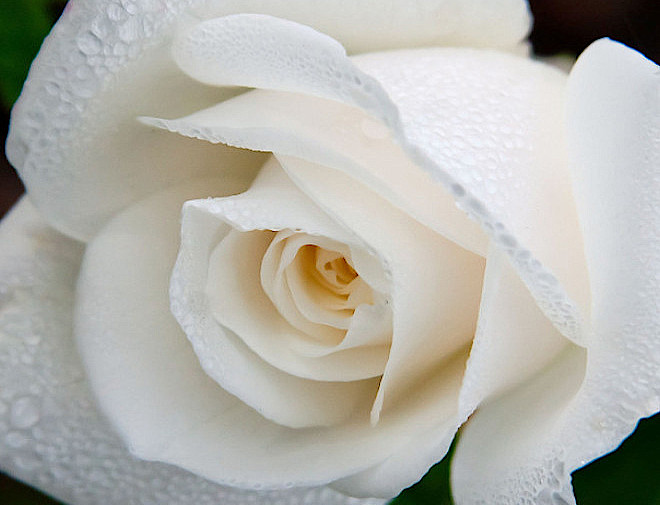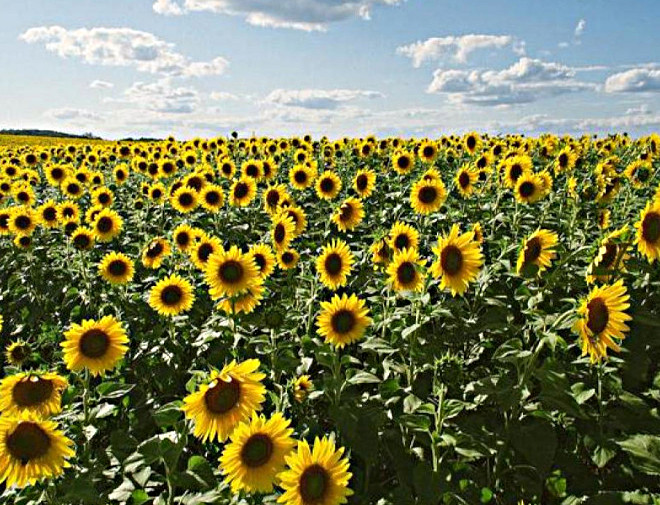Cockscomb Celosia Flower Seeds
Celosia cristata is an individual from the variety Celosia, and is regularly known as cockscomb, since the blossom resembles the head on a chicken.
₹30.00
Description
The distance from Africa to Indonesia and India, its leaves, stem and even the little blossoms is a well known element for stews, soups, and as sides to meat and poultry. We by and by lean toward it as a tidbit, in dressings or smoothies, or sauteed with salt and pepper as a side dish. What’s more, we should not by any means begin on how astounding a Cockscomb bloom looks as a topping on plates of mixed greens or with a bit of steak. Celosia cristata is an individual from the variety Celosia, and is regularly known as cockscomb, since the blossom resembles the head on a chicken.
How to plant
Figuring out how to develop cockscomb is an intriguing patio nursery errand and can light up the bloom bed with shades of brilliant yellow, conventional red, peach and purple. The two examples offer dependable blooms for splendid hues in the garden. They are warm cherishing and are to some degree dry spell tolerant. Full sun areas enable cockscomb Celosia to become taller. Be that as it may, cockscomb may develop in just incomplete sun, so it can joyfully exist when somewhat shaded by taller plants. Squeezing back the principal sprout on these blossoms can cause fanning and a more plenteous show of blooms on every cockscomb plant. Plant seedlings into rich, well depleting soil that has warmed in pre-summer. Seedlings might be developed inside or acquired. Those living in warm zones may sow the little seeds specifically into the blossom bed. In territories more distant north, ensure the dirt has warmed before planting, as giving the cockscomb a chance to plant get a chill can cause summer blossoming to stop or not occur. Leaving seedlings too long in swarmed cell packs may have a similar outcome.
Pests
- small red spider mites
- aphids (plant lice)
- powdery mildew
- fungal leaf spot
References
- https://plantcaretoday.com
- https://www.gardeningknowhow.com
Related products
-
₹30.00Vinca is a variety of blooming plants...
-
₹30.00Portulaca is the sort variety of the...
-
₹30.00Helianthus annuus, the normal sunflower, is an...







